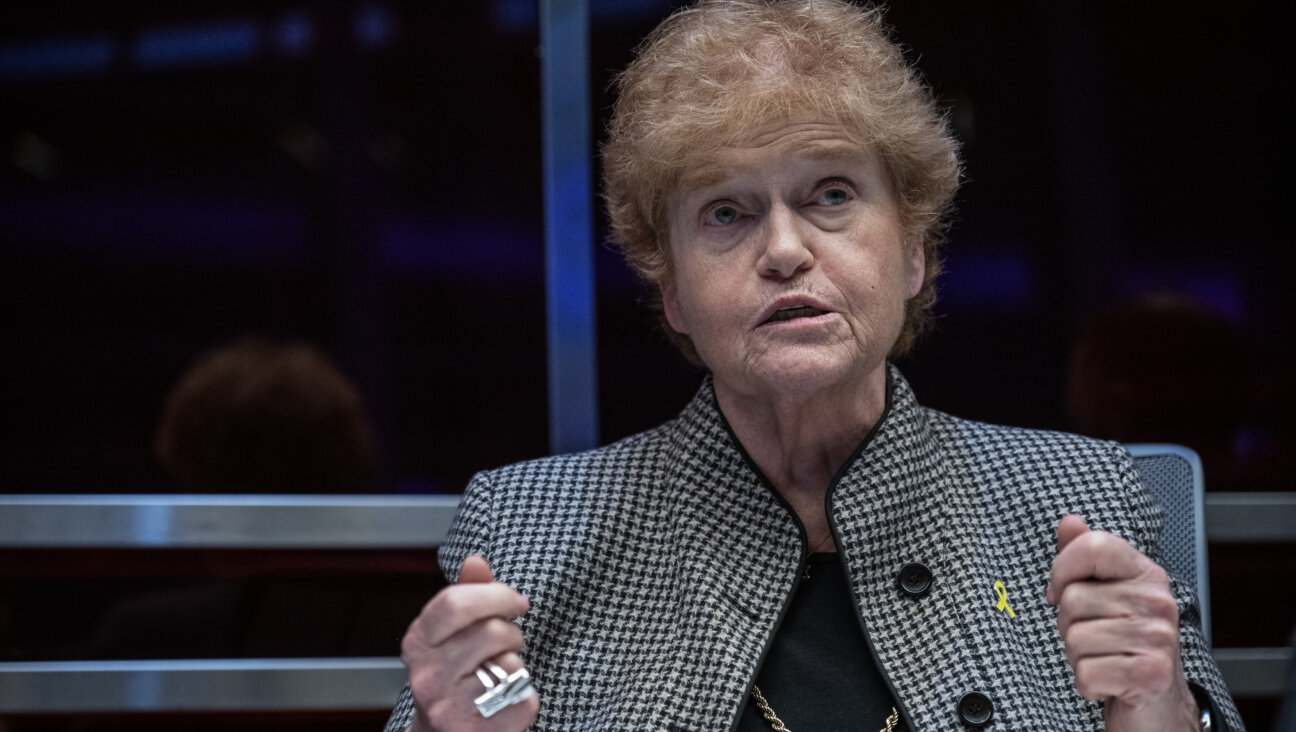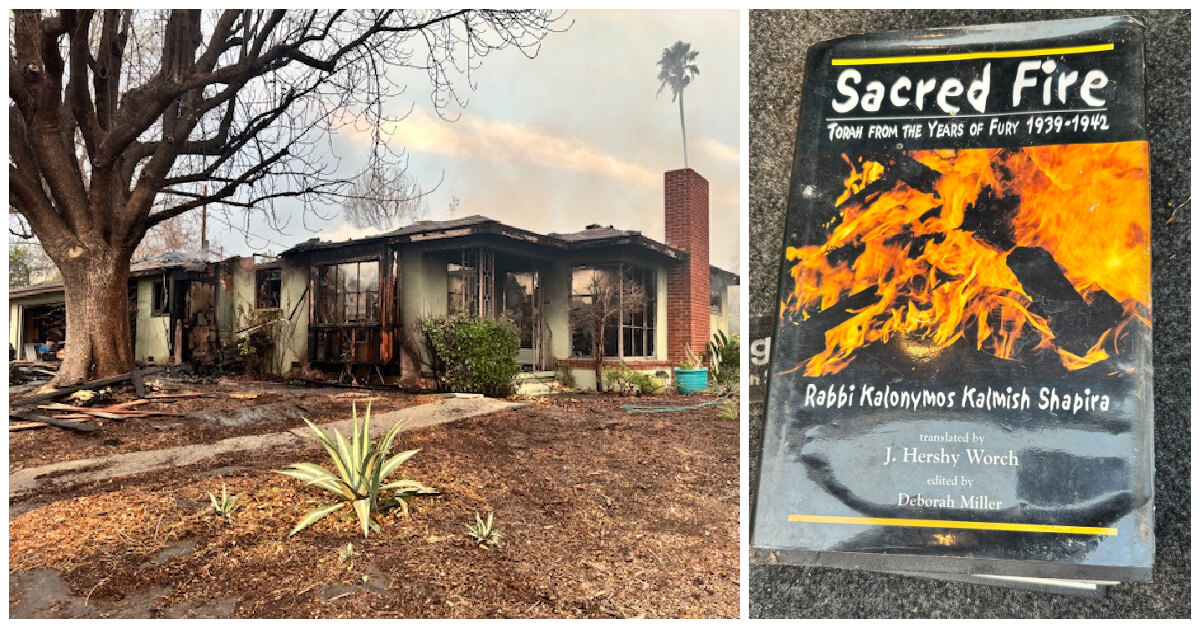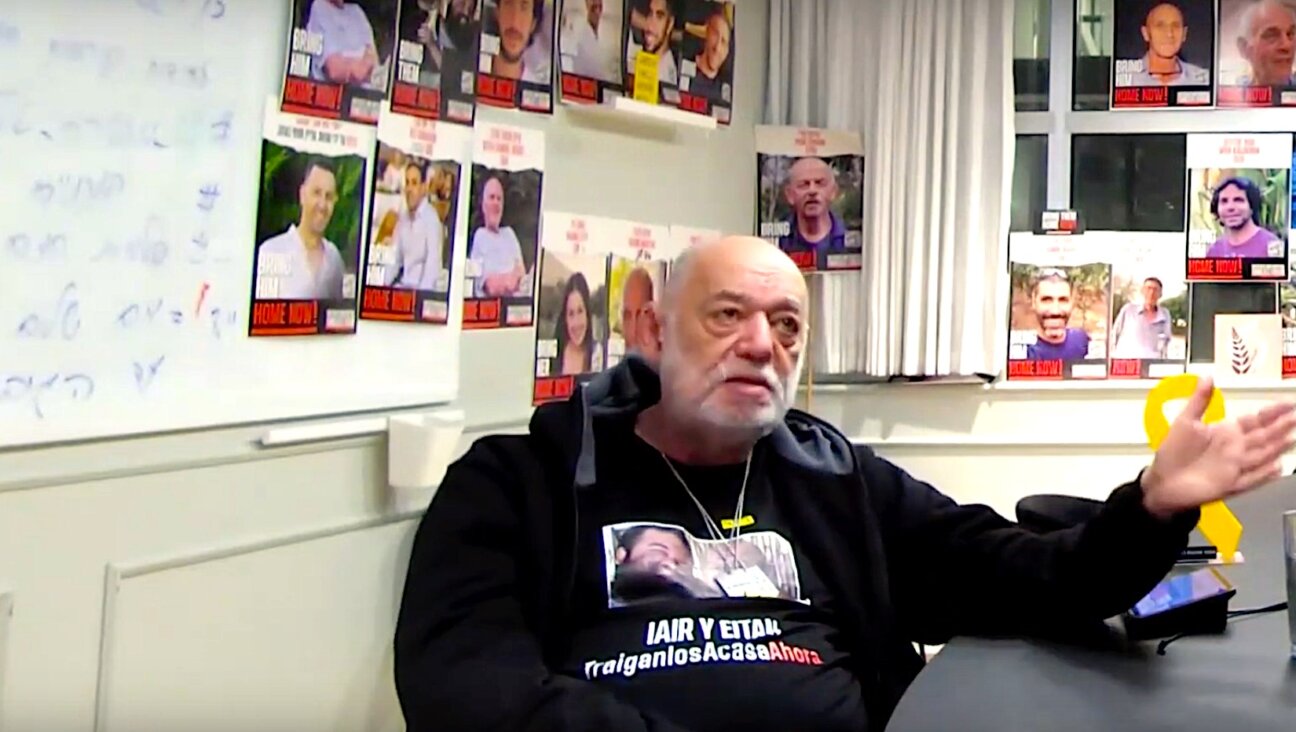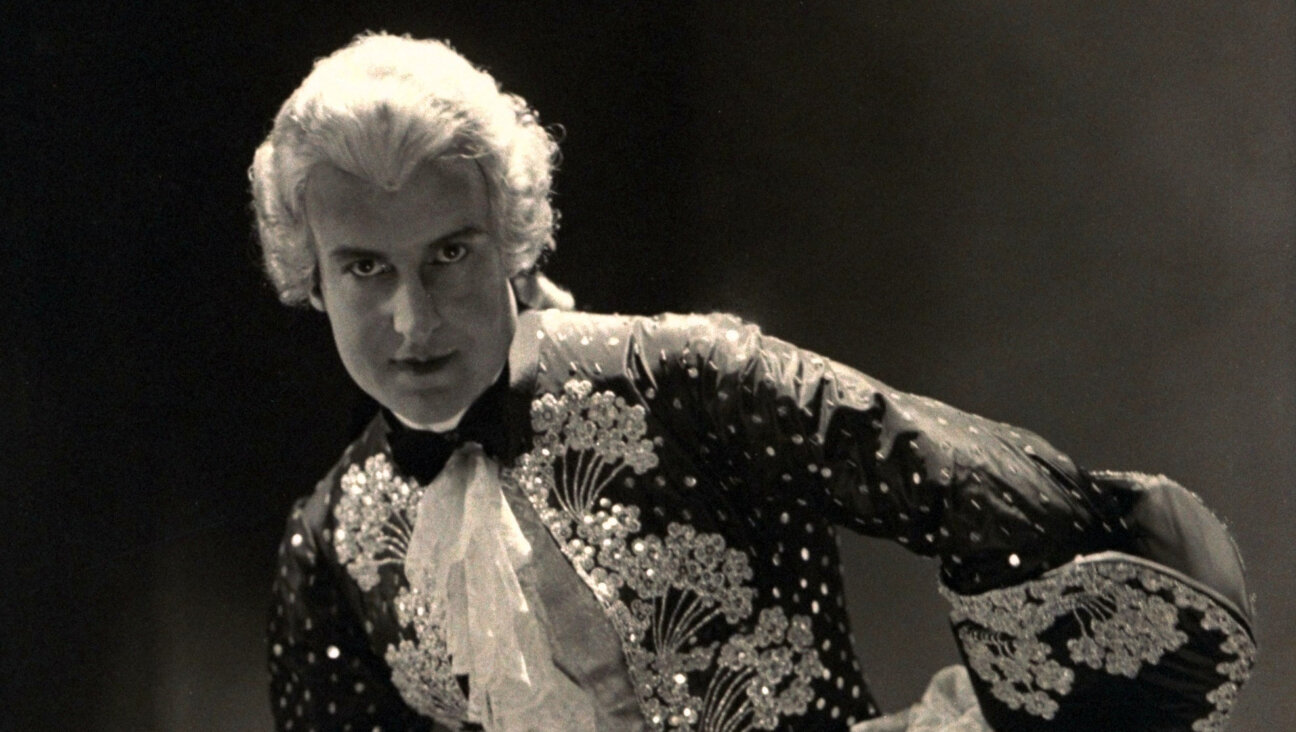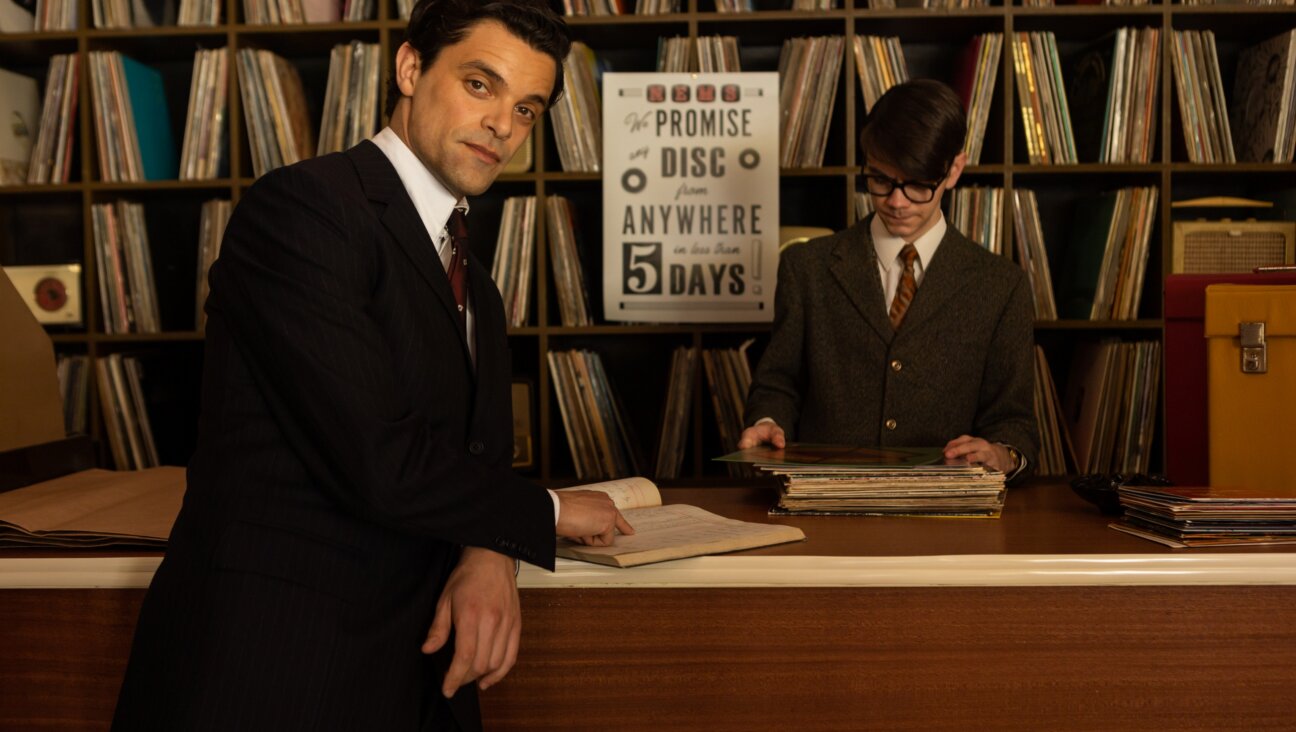Tourists Trek to Tuscany To Shop, Chop and Bake
Yes, the pumpkin ravioli is delicious; yes, the veal scaloppini is succulent, and yes, the tiramisu is divine — but are they kosher?
No one who takes a vacation with La Cucina Kasher in Toscana (Kosher Cooking in Tuscany) ever need worry about that.
Cucina Kasher is a weeklong “cooking holiday.” For the uninitiated, cooking holidays are a travel craze, popular across Europe and Asia. There are more than 100 such programs in Italy, 90% of them in Tuscany. Tourists spend thousands of dollars (Cucina Kasher costs $2,750, to be exact, not including airfare) to travel to the Etruscan countryside and learn the local cuisine from experts. Cucina Kasher is the only kosher one in the region at the moment.
“You think of… the best American-Italian meal you could have — and we were making” the Jewish-Italian equivalent, Arnold Zuroff, a doctor from Detroit, said of the Cucina Kasher vacation he took four years ago. He liked it so much, in fact, that he took another kosher-cooking holiday the next year.
Cucina Kasher is the brainchild of Ralph P. Sloane. In 1991 Sloane, the founder and president of a financial services company, was touring Italy with his girlfriend. Late one afternoon in Florence he stumbled upon the Scuola di Arte Culinaria, aka the Cordon Bleu cooking school, which is run by professional chefs Gabriella Mari and Cristina Blasi. After sampling their culinary wares, he was seized with the desire to create a cooking holiday at the Cordon Bleu school.
There were already about 20 such programs in Italy at the time. Sloane joined the bandwagon with a holiday cooking program, but after two years he decided to give the culinary vacation a Jewish twist.
“The logical conclusion after ‘cooking program’ was a ‘kosher cooking program,’” said Sloane, who grew up in an observant Jewish household in Connecticut.
As he led his nonkosher trips to Italy, Sloane sought out synagogues, kosher restaurants and kosher butchers.
Mari and Blasi — both Catholic Etruscans — were well versed in the contributions Jews have made to Italian cooking before they met Sloane. They were familiar with local kosher dishes such as fish with tomato sauce, but it was only in 1997, when the two signed on to teach the kosher class, that they began keeping a kosher kitchen. Every six months a mashgiach, or a ritual kashrut inspector, re-kashers their kitchen.
The Italian-Jewish culinary marriage is an old and extremely affectionate one — perhaps more affectionate than the relationship between Italians and Jews. (Bear in mind, that Italian Jews were consigned to ghettos for nearly 150 years.)
Jews, however, have had an enormous — and largely unheralded — influence on Italian cooking. In “The Classic Cuisine of the Italian Jews,” former Cucina Kasher instructor Edda Servi Machlin writes: “Some form of Italian-Jewish cuisine has existed for more than 2,000 years — or for as long as there have been Jews in Italy.”
In those 2,000 years, Jews have introduced foods that are likely to raise more than a few eyebrows. “It’s hard to believe, for example, that eggplant and finocchio (fennel), the quintessence of Italian cooking, were originally used only by Jews,” Machlin writes.
Jews even had a hand in introducing the tomato. “Tomatoes came from the New World,” said Mari, adding that they were once considered “poisonous.” “In the 18th century,” she said, “the first people who used tomatoes in their cooking were Jews. This was in Tuscany, not the whole of Italy.”
Participants in Sloane’s program eat up all of this history. Since 1992, Sloane has been leading several English-language cooking programs in Italy and France each year, each of which has 10 guests. (This year’s kosher trip to Avignon was canceled, a victim of French-American tensions, but is set to resume in 2004.) For the seven-day Tuscany trip, students visit the marketplaces, kosher butchers, sites of Jewish interest and, of course, Florence’s one kosher restaurant, Ristorante Ruth.
“We went to little villages, and, if there was a synagogue, we’d stop in,” Zuroff said.
“There were a lot of Jewish sites in Florence…. The food was terrific. We came back at 5, spent the night cooking and ate until midnight.”
Five dishes are taught each day, just enough for a five-course Italian dinner — antipasto, pasta, entree, side dish and dessert — which the students devour that evening.
“I would go again,” Zuroff said. “The cooking was wonderful. After we ate every meal we used to rate them on a scale of 1 to 10. Everything was a 10!”
* * *|
Strozzapretti (Spinach and Ricotta Gnocchi)
Courtesy of the Cordon Bleu School
1 pound fresh ricotta cheese
12 ounces (350 grams) boiled and squeezed spinach
Pinch of nutmeg
4 tbsp. grated Parmesan cheese
Freshly ground white pepper
Salt to taste
2 whole eggs
5 tbsp. flour
2 ounces salted butter
Fresh sage
| 1. | Mash the ricotta cheese and chop the spinach. |
| 2. | Mix the spinach with the ricotta cheese, the nutmeg, 2 tbsp. of the Parmesan cheese, salt and pepper. |
| 3. | Add the eggs and flour to the mixture, mixing well. Then shape into little balls. Place them in a pot of salted boiling water. |
| 4. | When the gnocchi rise to the top of the pot, strain and place on a plate. |
| 5. | Place butter in a saucepan and add sage. Heat until butter is melted. Pour this dressing over the strozzapretti |
| 6. | Top with Parmesan cheese. |
Serves 4 people.
For more information about the program, please e-mail Margaret@ italycookingschools.com or call 800-557-0370.
A message from our Publisher & CEO Rachel Fishman Feddersen

I hope you appreciated this article. Before you go, I’d like to ask you to please support the Forward’s award-winning, nonprofit journalism so that we can be prepared for whatever news 2025 brings.
At a time when other newsrooms are closing or cutting back, the Forward has removed its paywall and invested additional resources to report on the ground from Israel and around the U.S. on the impact of the war, rising antisemitism and polarized discourse.
Readers like you make it all possible. Support our work by becoming a Forward Member and connect with our journalism and your community.
— Rachel Fishman Feddersen, Publisher and CEO







